We always see the term talked about in blogs and articles about runners and running, but what is overpronation shoes, really?
Can you just go inside the store and ask for overpronation shoes? Who needs to wear these shoes?
Whether you are a new or experienced runner prone to running-related injuries, you need to conduct a gait analysis.
This way, you are in a better capacity to understand the need to wear overpronation shoes.
Before all of that, though, let’s first talk about what pronation actually is.
What Is Pronation?
Pronation is the normal side-to-side movement of the foot as you walk or run.
You have a unique gait classified into different categories, namely: neutral, overpronation, and supination.
Overpronation and supination are gait classifications that may lead to further damage when left untreated.
Experts typically recommend motion control shoes for runners with an overpronated gait.
On the other hand, supinators will benefit well from flexible and cushioned shoes.
Normal Pronation
The feet typically roll inward during normal pronation.
The big and second toes help in push-off, while the other toes provide balance.
Your muscle extends in normal pronation instead of contracts.
Overpronation
In overpronation, the ankle rolls far with each step, both downward and inward.
This movement is usually seen from some flat-footed runners.
Unfortunately, this gait category may cause foot imbalance and straining of the big and second toe.
Too much foot rotation then causes excess rotation on the lower leg, resulting in shin splints and knee pain.
Supination
Supination is when your foot rolls outward towards the edge of the foot with every step.
Typically, your foot should supinate during the push-off.
However, in supination, your foot does not move enough, forcing the small toes and the foot’s outer edge to do the work.
This movement is typical for runners with high and rigid arches.
Supinators are prone to ankle injuries, Achilles tendonitis, and plantar fasciitis.
What Does Pronation Mean in Shoes?
Again, pronation is how the foot rolls inward for even shock distribution as it lands on the ground.
It is part of our body’s expected movement, although it differs from one person to another.
The foot rolls inward as it hits the ground, absorbing the impact. As this happens, the foot’s arch supports your body weight.
Too much inward rolling of the foot, or the lack thereof, can lead to running injuries because of ineffective impact-absorption.
Knowing your pronation type from among its three categories is the key to finding the running shoes suitable for your feet.
Supinators
For supinators, the outer edge of your heel strikes the ground with little to no pronation as the shock transmits to the lower leg.
During push-off, the pressure is placed on your smaller toes on the outer edge of your foot.
Supinators have high arches and may suffer from ankle strain, plantar fasciitis, and shin splints.
Neutral
You have neutral pronation if your foot lands on your heel’s outer edge and then pronates to absorb the impact while supporting your body weight.
It provides even distribution from the forefront during push-off.
Neutral pronators have normal-size arches.
Overpronators
The foot of overpronators usually lands on the heel’s outer edge before excessively pronating transferring your body’s weight to the inner edge of your foot.
The big and second toe performs most of the work during push-off.
Generally, overpronators have flat feet or low arches.
Extended neglect of overpronation may cause bunions, heel spurs, plantar fasciitis, and shin splints.

What Is Overpronation Shoes?
Walking and running are excellent fitness activities that can lessen health risks.
And wearing the correct athletic shoes provides comfort, endurance, and speed.
We know that you have to choose the correct type of running shoes and other solutions according to your gait for maximum comfort.
But what is overpronation shoes, really?
Overpronators can take advantage of these heavy motion-control shoes in correcting their stride.
They have heightened medial support, combined with stiff construction to guide your feet.
Some even try prescription custom orthotics to control their severe overpronation, but it all depends on the runner’s need.
Conversely, supinators will benefit from well-cushioned neutral shoes, as they absorb more of the shock from every step.
These flexible shoes give a better range of movement, especially with added cushioning.
How Do I Know if I Have Overpronation?
Identifying your gait pattern is essential to your running shoes selection.
You can do a self-assessment or have it done professionally.
More often than not, you can get your foot analyzed at a running shoe store by one of their expert staff.
There are several ways on how to determine your stride pattern. You can also bring a worn-out pair of old shoes and have them check the wear pattern on the outsole.
If you are experiencing constant pain in your foot or ankle, tingling, numbness, loss of function, or any other injury, consult a medical professional.
Check an old pair of shoes at home by placing them on the table and observe the way the heel tilts.
An inward tilt usually indicates overpronation, while an outward angle suggests supination.
After analyzing your shoes, go barefoot and check your feet, whether you have flat feet or low arches.
Also, try checking your shins. Look at the line of the bone from your knee to your ankle.
If it goes to the inner side of the foot, it may suggest overpronation.

Do I Over Pronate or Under Pronate?
We have been talking about pronation and its three categories: neutral, over, and supine.
Did you know that your feet’s arch and shape play a vital part in identifying your feet’s pronation type?
Supination Pronation Test
The quickest and most straightforward way of knowing your pronation type is through the wet test.
Get a vessel to fit your foot in, a small amount of water, and blank cardboard.
Follow the steps below in performing the wet test.
Step 1: Pour the water into the container.
Step 2: Palace your foot inside.
Step 3: Remove your foot while shaking the excess water off.
Step 4: Step on the cardboard with your wet foot.
Step 5: Lift your foot and analyze the imprint.
Neutral Pronation
The neutral pronation imprint will show a distinct, substantial part between the heel and the foot’s forefront.
It means that the outer edge of your heel will hit the ground first, and even pressure is distributed from heel to toe.
Overpronation
The overpronation footprint displays a more significant part of the entire foot, indicating a low arch that suggests flat feet.
Your big toes receive most of the pressure, leading to different problems related to running.
Supination
The footprint for supination shows a slight foot arch, showing overdependence on the outer edge of your foot as you run and walk.
After the heel hits the ground, the foot rolls towards the outer edge, pushing off the ground with the little toes.

Treatment Options for Overpronation Problems
There are plenty of treatment options that you can use to alleviate overpronation problems.
These include choosing a supportive shoe, wearing orthotic insoles, and performing exercises that build up the arches and muscles around your feet.
1. Choose supportive shoes.
Overpronators must be cautious when buying shoes, especially for running and walking.
Look for shoes offering stability and extra support to minimize the impact of your steps.
2. Exercises for overpronation.
Overpronators can go to a physical therapist for assistance in strengthening exercises.
Alternatively, there are exercises you can do at home.
- First position dem pile
- Rolling the feet
- Seated calf stretch
3. Wearing Orthotic Insole
These special inserts are slipped inside the shoes, providing added arch support and minimizing your steps’ impact.
You can buy generic orthotic insoles without the need for a prescription.
It can provide sufficient arch support while preventing running-related injuries due to overpronation.
Although, some runners with a severe case of overpronation may need custom orthotics.
In this case, a podiatrist can assist them based on their stride analysis.
Footwear for Overpronation
Plenty of runners risk getting injured when they wear the wrong running shoes for their feet type and running style.
Knowing how your feet move ensures a better result in selecting the appropriate running shoes to offer your required support.
You can check out our top choices for the best arch support running shoes and see if you find your match.

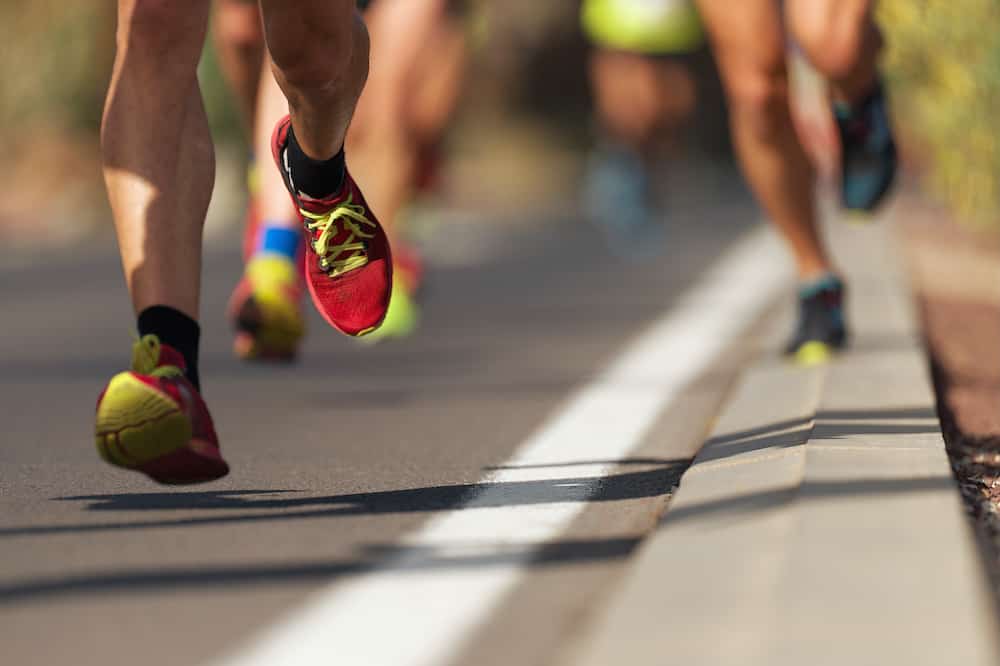
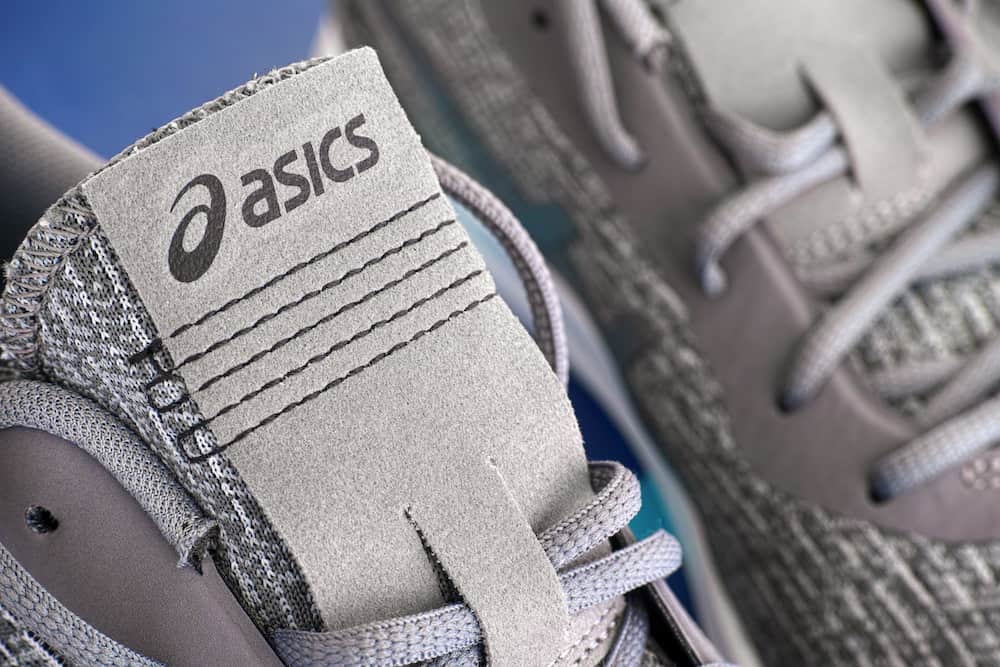
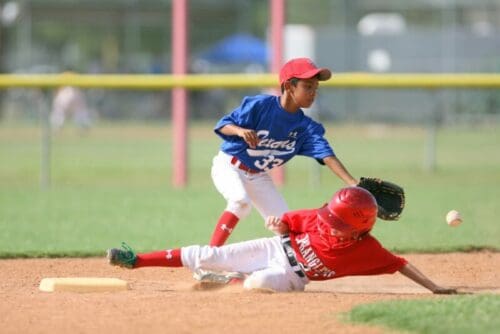
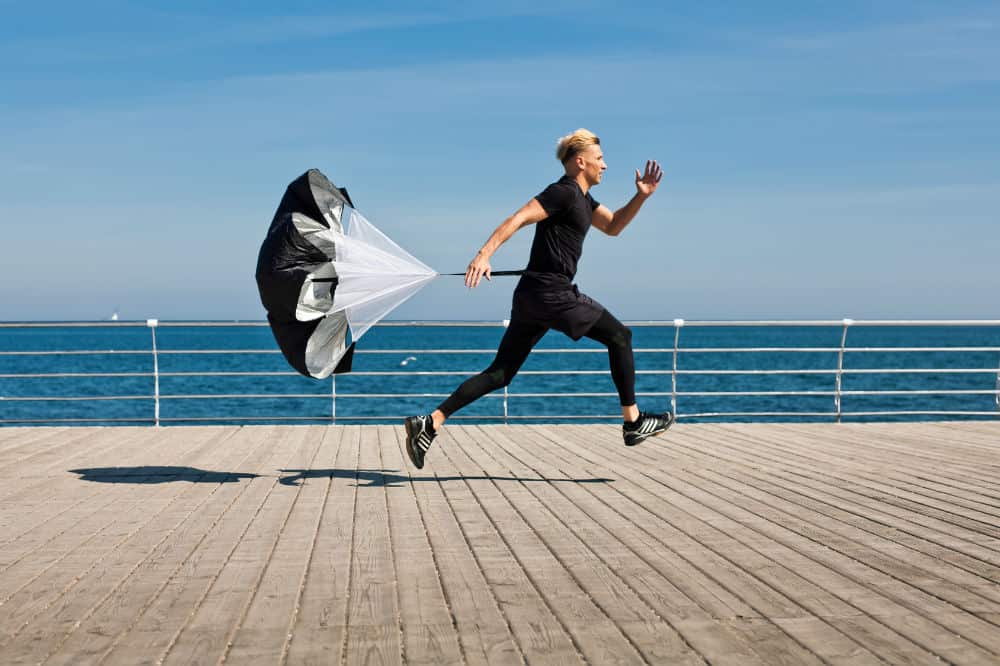
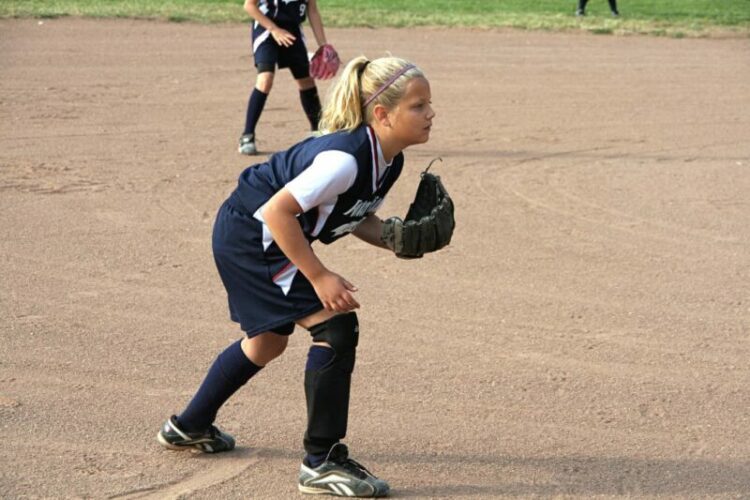
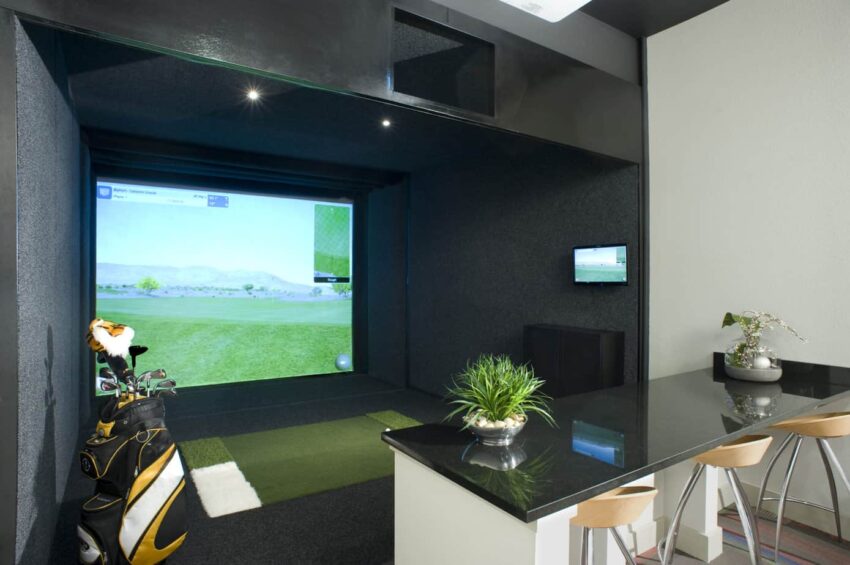


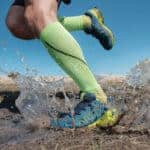


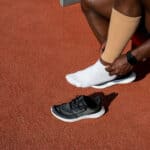

Thank you for sharing this wonderful post with us. Honestly, so far, I have never heard of overpronation shoes. I am always interested in such different posts that are educational, and something new can be learned. I’m not a fan of running, but my friend did and ran a marathon. I will forward this to him to read; it will surely benefit him.
Hello, lioness98, and thank you.
Thank you for your kind words.
Great to hear about your benefit of the article too.
I think your friend could like these posts if you like; there are some ideas there too.
Don’t hesitate to contact me if I can help you with anything else or if you have any questions.
You certainly have defined the meaning of overpronation shoes. I had no idea what that meant until I read your article. You have provided all the reasons in the world why shoes and how they perform are important. So me taking an old pair of shoes can provide a lot of information about how my shoes wear and why they are fascinating.
Great article you have written; thank you for the great information you have shared.
Joseph
Hello, Joseph Botelho, and thank you.
Thank you for your kind words.
Great to hear about your benefit of the article too.
I think you could feel this post interesting; there is more information about good to know.
Don’t hesitate to contact me if I can help you with anything else or if you have any questions.
Wow, I found this article shocking because I am a sportsman and jog a lot and also have so many pairs of shoes, but I do not even know what pronation means. I really found this very educative and also very enlightening as well. Thank you so much for sharing this here. I really appreciate and share it with my friends.
Hello, Igwubor 1, and thank you.
Thank you for your kind words.
Great to hear about your benefit of the article too.
I think you could like this article. It is some ideas about good running shoes for runners with overpronation.
Don’t hesitate to contact me if I can help you with anything else or if you have any questions.
I’ve always hated running, even though sports and competing have always been a part of my life. Your article makes me wonder if part of that hatred was because I wasn’t using the right running shoes. I use to get a lot of blisters on my toes and suffer from shin splints. No one ever suggested I be evaluated or to try different shoes. They would just blame my problems on a lack of proper stretching.
Hello, William, and thank you.
Thank you for your kind words.
Talking about shin splints, are you using compression socks in sports? Please have a look at this article; it could be useful.
Great to hear about your benefit of the article too.
Don’t hesitate to contact me if I can help you with anything else or if you have any questions.
Hi, it’s my pleasure to come across this article, which is really educative and interesting. I did not know about overpronation shoes before. I have now read about the importance of correct athletic shoes for runners to provide them with comfort, endurance, and speed. Fitness activities are essential for our bodies for good health, and we must wear suitable sportswear whenever we engage in such activities.
Hello, Kokontala, and thank you.
Thank you for your kind words.
Great to hear about your benefit of the article too.
I believe you could have enjoyable in this article here. There is info there too about overpronation and shoes, which could help runners about it.
Don’t hesitate to contact me if I can help you with anything else or if you have any questions.